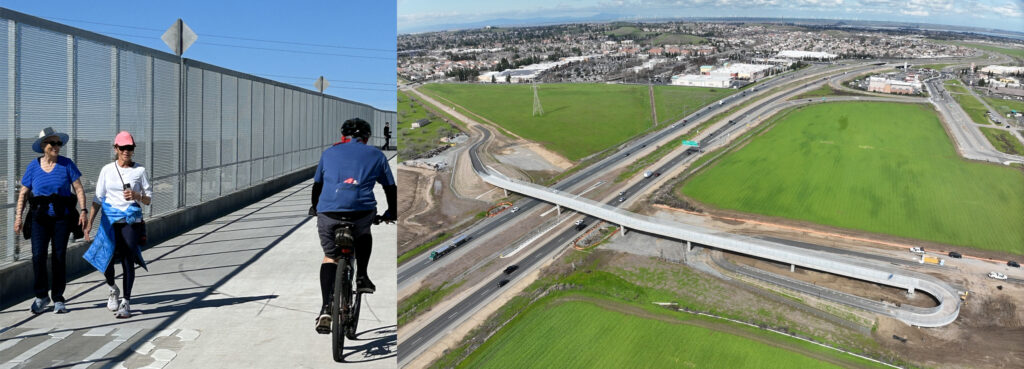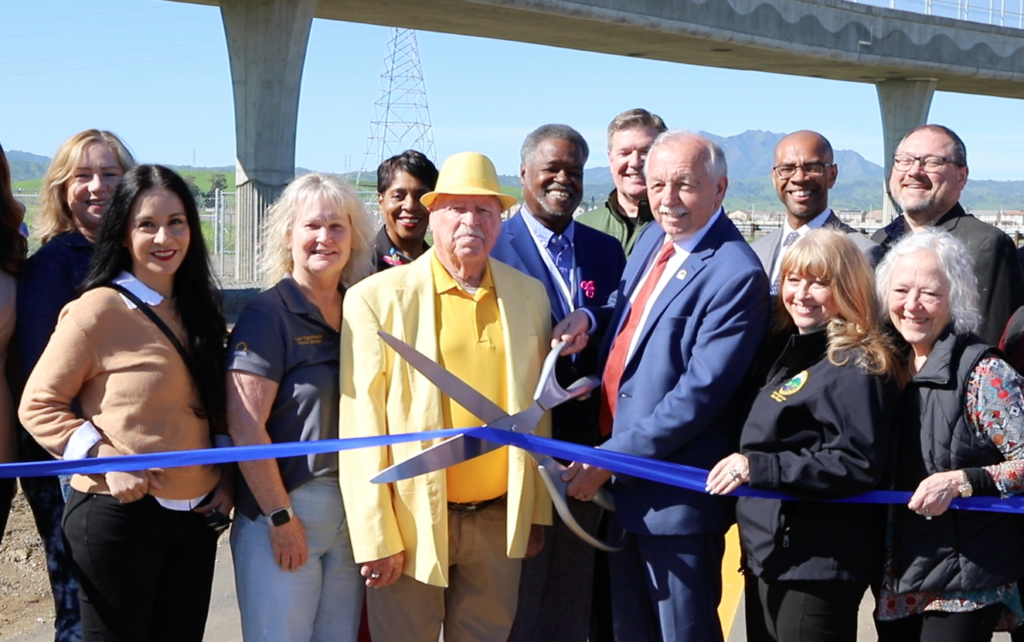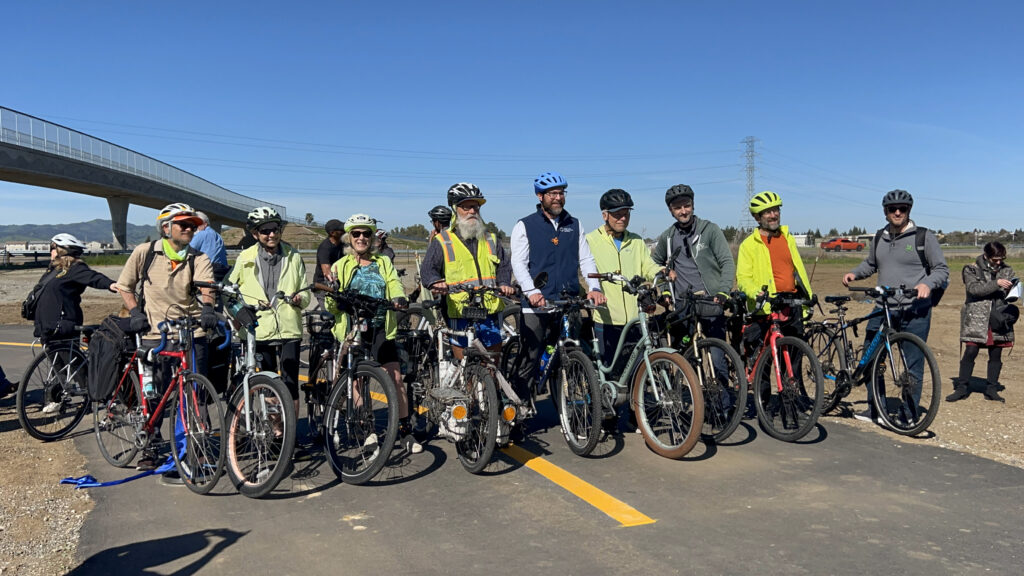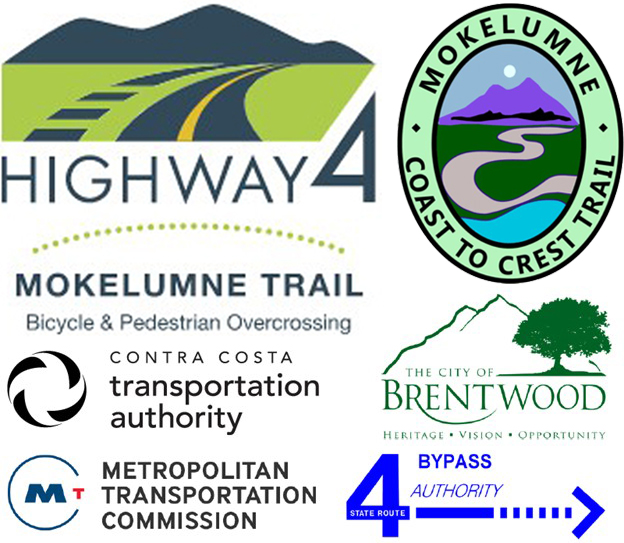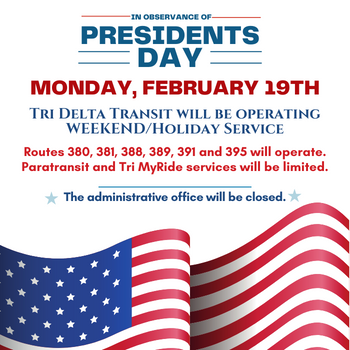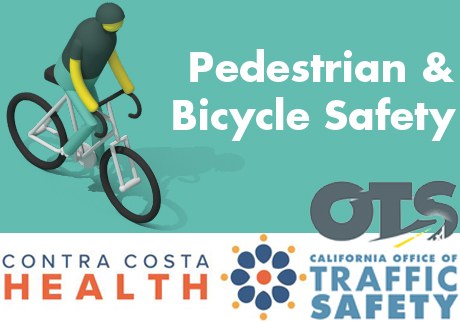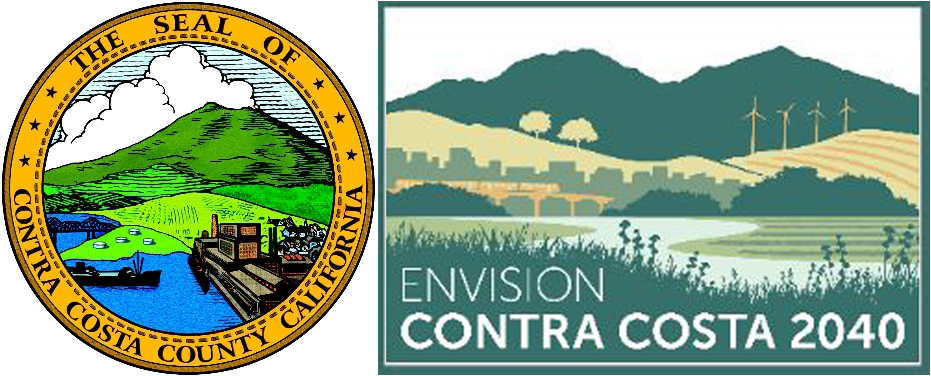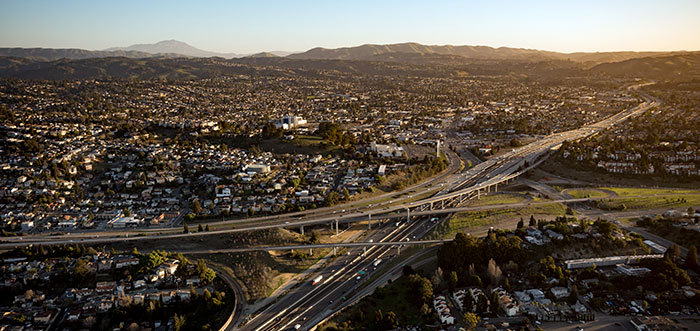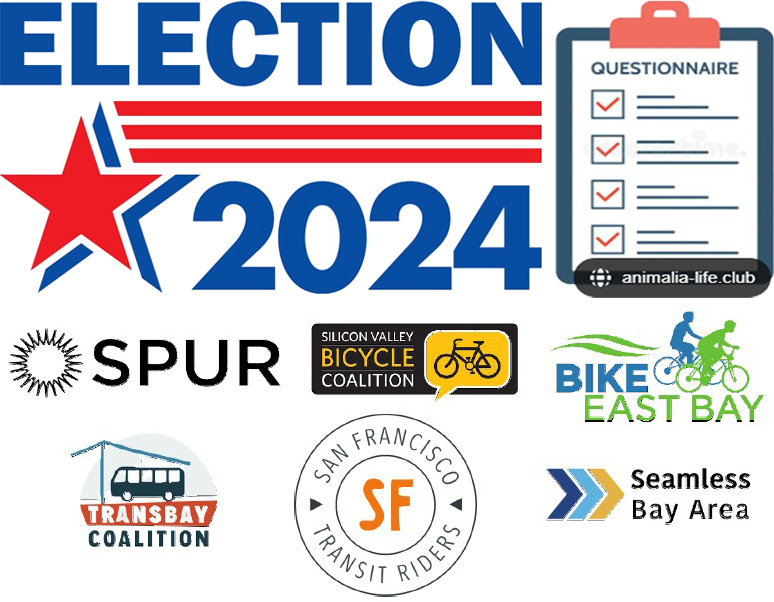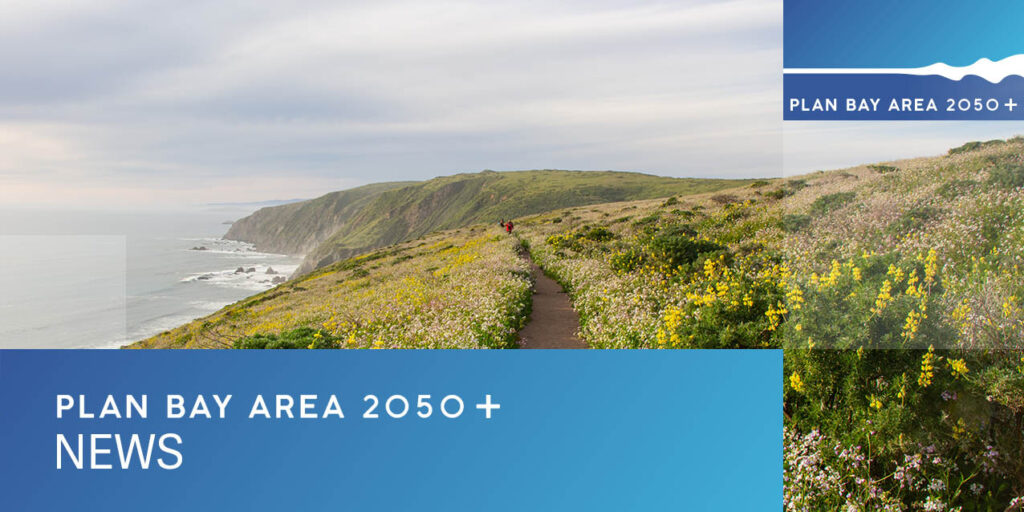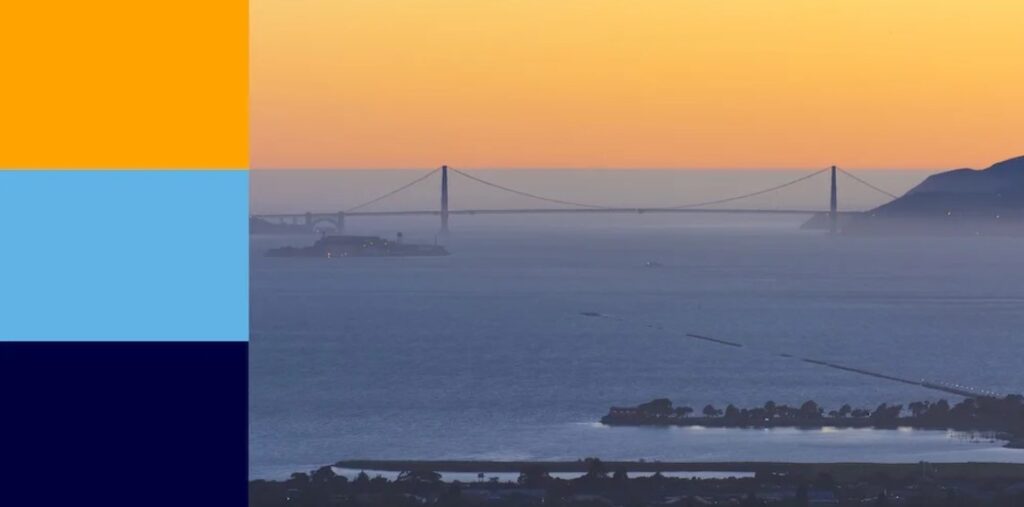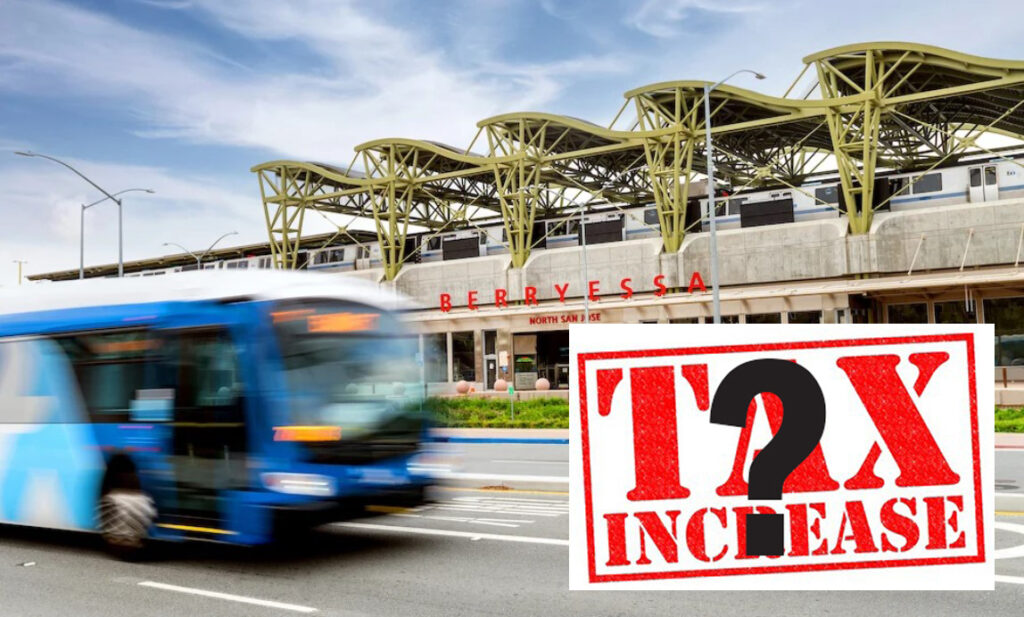The laughs aren’t worth the risk. Put the phone down and just drive
By National Highway Traffic Safety Administration
Distracted driving has become a deadly epidemic on our roads. Cell phone use — specifically, texting, talking, and social media use — has become the most common distraction. Other risky actions include adjusting the radio or GPS, applying makeup, eating and drinking. By driving distracted, you’re robbing yourself of seconds that you may need to avoid a close call or deadly crash.
Drive Responsibly
In 2021, distracted driving killed 3,522 people. April, which is national Distracted Driving Awareness Month, is a good time to regroup and take responsibility for the choices we make when we’re on the road. Follow these safety tips for a safe ride:
- Need to send a text? Pull over and park your car in a safe location.
- Designate your passenger as your “designated texter” to respond to calls or messages.
- Do not scroll through apps while driving. Struggling not to text and drive? Put the cell phone in the trunk, glove box, or back seat of the vehicle until you arrive at your destination.
The Consequences
During a portion of Distracted Driving Awareness Month, from April 4 through 8, you may see increased law enforcement on the roadways as part of the national paid media campaign Put the Phone Away or Pay. This campaign reminds drivers of the deadly dangers and the legal consequences – including fines – of texting behind the wheel.
Take Action
- Remind your friends and family: If you’re in the driver’s seat, it’s the only thing you should be doing. No distractions.
- If your driver is texting or otherwise distracted, tell them to stop and focus on the road.
- Ask your friends to join you in pledging not to drive distracted. You could save a life. Share your pledge on social media to spread the word — #JustDrive.


